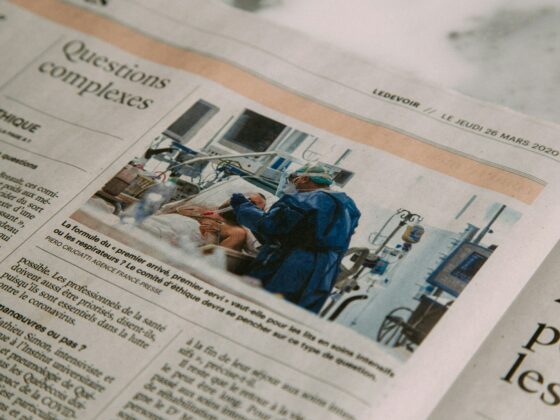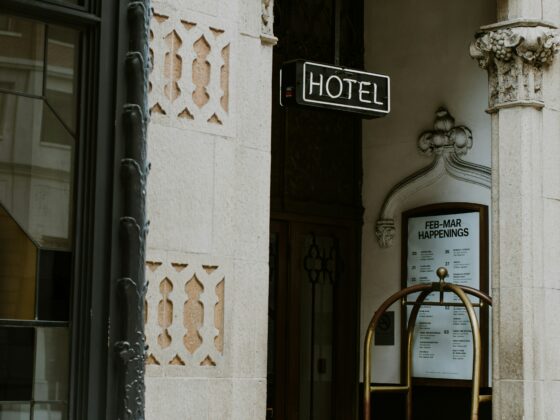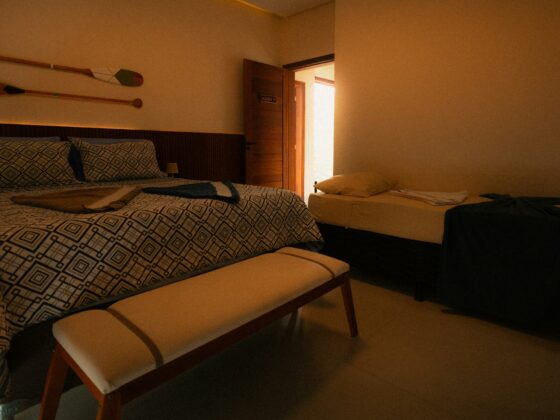
Looking at the evolution of the iconic Starck barrel and the philosophy behind the timeless design.
To mark the 30th anniversary of the legendary Starck barrel, Duravit has renewed its partnership with Philippe Starck to present an updated version of this design classic. Originally acclaimed as a transformative revolution, the updated design demonstrates how glossy and matt ceramics, new lacquers, and the innovative c-bonded technology can combine form and function to produce a unified whole.
Philippe Starck casts some light on the principles that drive the evolution of his designs and explains how durability and sustainability are the central values of his work.
1. Mr. Starck, what motivated you to reinterpret the design of the iconic Starck barrel after 30 years?
This re-edition is more an uplift rather than a reinterpretation. We kept the same minimal and essential design that comes from the early ages of humanity. The barrel is a bucket, the simplest and most efficient means for humans to store and use water in their homes. A timeless bucket, now treated with the latest technology and rigor with new innovative materials, elegant finishes and a wide range of color combinations.
2. How do you approach new design projects and when do you know that a work has reached its final, perfect state?
In a society that preaches immediacy, Duravit is a lesson: confirming that what mis important is the center, the know-how and that there is no substitute for a job well done. A value that I completely share. I don’t know about perfection, but longevity is certainly a sign that the product is good, that it brings a service. The Starck Barrel was the right product 30 years ago, and it still is today because it is not based on any trends, but on humanity.
3. Your approach to design is based on reducing something to the very basics. How do you integrate this minimalism into your creative process and how is it reflected in the development of the Starck barrel?
The main rule is timelessness, because today’s consumer society, advertising and marketing, push us to a hyper- temporality full of trends. It must stop. Our earth cannot take it any longer. Life is a continuum. Our environment and our evolution do not follow trends nor work by decade. A creation has to be timeless, honest and of extremely high quality – materially and culturally – to guarantee its longevity, which is the main ecological parameter today. To achieve timelessness, I always try to find the core of the project, the backbone, its minimum, and actually its legitimacy to exist. The Starck Barrel is based on this idea, it is the absolute minimum: a pipe to drain the water up and a bucket to store and use it. I didn’t invent anything, I simply drew something that has always belonged to our human collective memory, our subconscious; something eternal, something that is not fashionable or trendy, but emotional because above all, creation should always be about love, poetry and humor, not to mention vision.
4. How important is sustainability for your creative process, and to what extent does it influence your design decisions?
Sustainability has always been present in my work. It is a strong conviction, because I understood the importance of ecology at a very early age. I was 17 when, on the then desert island of Formentera, I met an American who told me he was an ecologist and taught me about ecology. When it comes to ecology, the first questions you must ask yourself are always the same: Do I really need it? Does it deserve to exist? If we are honest, in 80% of cases the answer is no. Therefore, not consuming and not producing are the best ecological actions we can take. On the other hand, if the answer is yes, we need to choose or create the best product, intelligent and honest, made from sustainable materials, and which will give us the best service for our whole lives, before we can pass it on to our children and our children’s children.







